Press
San Francisco Zoo & Gardens values its relationships with all media outlets, which help share the mission to connect people with wildlife, inspire caring for nature and advance conservation action.
Working news media can be added to the list to receive advisories and releases, by contacting our public relations team, Singer & Associates, at [email protected] or (415) 227-9700. San Francisco Zoo & Gardens reserves the right to select media partners whose demographics and subject matter best coincides with the Zoo’s mission.
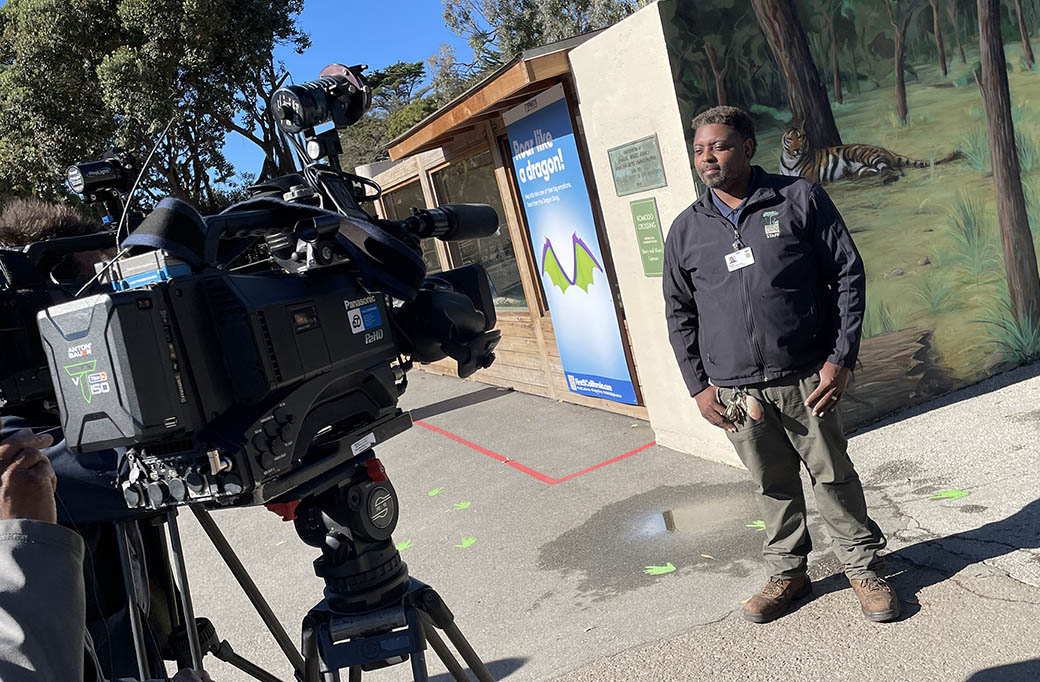
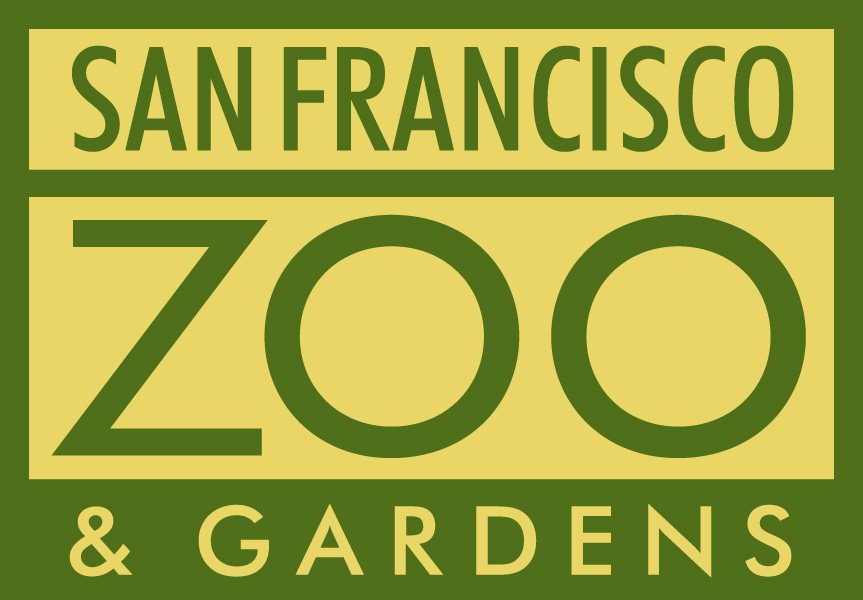
USDA Reaffirms Excellence in Animal Care at San Francisco Zoo
SAN FRANCISCO – May 23, 2025 – San Francisco Zoo & Gardens announced today that its most recent inspection by the United States Department of Agriculture (USDA) Animal and Plant Health Inspection Service (APHIS) found no non-compliant items, reaffirming the Zoo’s commitment to the highest standards of animal welfare.
The routine inspection, conducted on May 19, 2025, was comprehensive and covered a wide array of animal habitats and species under the Zoo’s care. USDA inspectors noted that all standards were met, with zero deficiencies observed. This is the second time in 2025 that the USDA has found the Zoo fully compliant with all federal animal welfare regulations after a previous inspection in January of this year.
“This clean inspection is a strong testament to the dedication of our animal care professionals and veterinary staff,” said Tanya M. Peterson, CEO and Executive Director. “Every day, our team works tirelessly to ensure the health and safety of our animals and it shows.”
The USDA is responsible for enforcing the Animal Welfare Act (AWA), which governs humane care and treatment of animals exhibited to the public. Compliance with AWA standards includes proper housing, nutrition, sanitation, veterinary care and enrichment for a wide variety of species.
San Francisco Zoo & Gardens is also accredited by the Association of Zoos and Aquariums (AZA), having earned a five-year accreditation in 2023. The AZA’s accreditation process is among the most rigorous in the world, further demonstrating the Zoo’s leadership in animal welfare and public education.
The May 2025 inspection included observation of more than 370 animals. The inspection concluded with no concerns raised during the exit interview with USDA veterinary medical officers.
“This outcome reinforces that, despite any external distractions, the animals remain our top priority,” added Peterson. “Their care is our mission, and we will continue to meet and exceed every standard set before us.”
For more information about San Francisco Zoo & Gardens and its animal care practices, visit www.sfzoo.org.
Proactive measures against avian influenza
San Francisco Zoo & Gardens continues to monitor its grounds for signs of avian flu, but at this time, there have been no additional signs of the disease. SF Zoo immediately instituted the highest levels of biosecurity measures for avian disease after finding a deceased wild hawk that incidentally fell onto Zoo grounds.
Avian disease protocols include the following biosecurity measures: closing walk-through aviaries, monitoring for ill wild birds using fertile eggs and feeder poultry only from National Poultry Improvement Plan (NPIP) farms, and ensuring delivery trucks, vendors and others wash their tires before entering the Zoo’s service areas if they suspect they have been around potentially infected areas outside the Zoo. Only authorized staff are allowed to enter bird areas following approved protocols (use of foot baths or wearing shoe covers, wearing clean clothes and PPE). These rigorous steps were taken before the hawk tested positive for the highly pathogenic avian influenza (HPAI), which was later confirmed through test results after safety protocols were activated. Since the infected hawk was found several weeks ago without impacting our animals or staff, we believe the most important message is that the San Francisco Zoo has implemented and prioritized broad and thorough safety measures.
In addition to protecting our animals, the Zoo’s measures have been taken to protect our guests and staff, even though this virus primarily affects birds. Human infections are rare, occurring only when there is exposure to animals affected with avian influenza. Despite this, the Zoo is taking maximum steps to reduce any chance of infection, with no cases of infection among Zoo staff or visitors reported.
The Zoo’s veterinary and animal care staff work closely with the California Department of Food and Agriculture (CDFA), United States Department of Agriculture (USDA), and Animal and Plant Inspection Service (APHIS) throughout any threats posed on national, state, and local levels. The goal of initiating proactive biosecurity measures, such as the use of disinfectants, foot baths, closing areas where susceptible species reside, and minimizing contact with specific species, is to protect the Zoo from becoming an infected premise.
SF Zoo continues to monitor and evaluate all affected species daily, including waterfowl, peafowl, raptors, vultures, pelicans, flamingos, penguins, crows and ravens, gulls, cranes, psittacines (parrots), and hornbills. In addition, free-roaming animals, such as peafowl, are currently housed in enclosures. Low-risk indoor areas of the Zoo remain open to the public, including restaurants, retail stores, and select animal exhibits.
For media inquiries, please contact Paulo Vergara at [email protected]
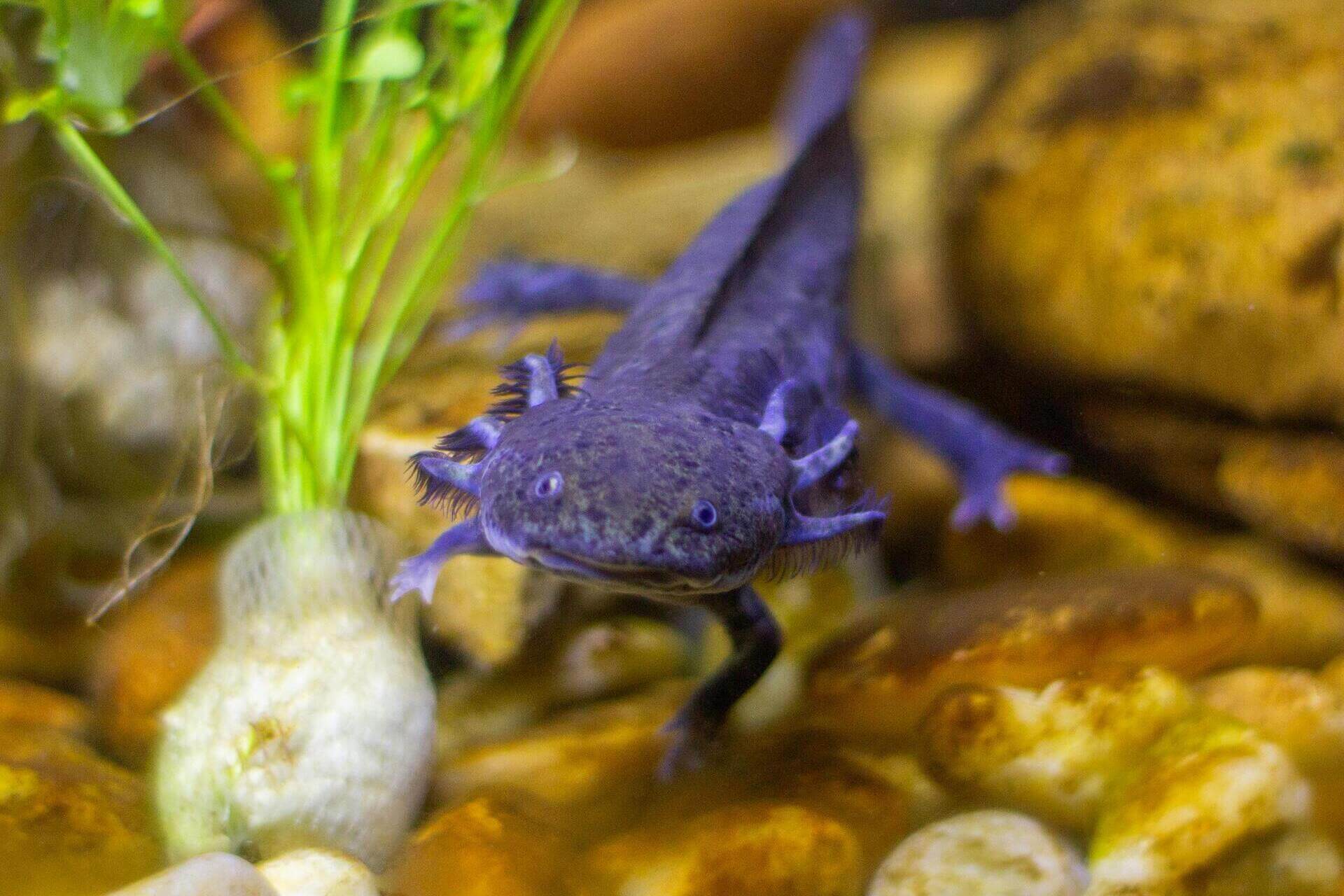
Rescued Axolotls
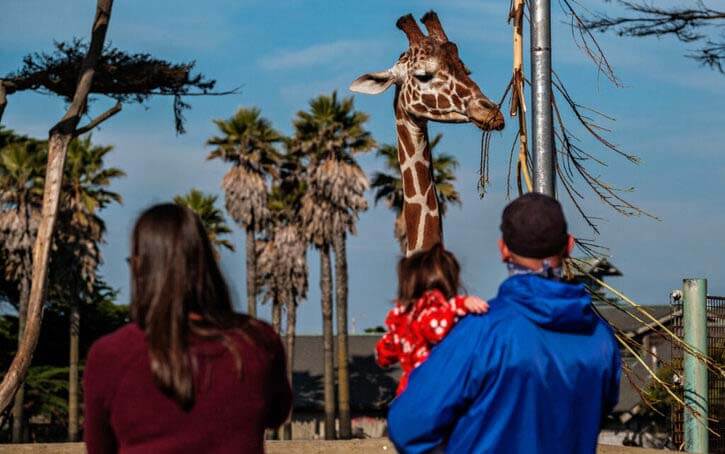
Personal Photography
Photography is welcome, but always stay safely behind any barriers and remain in the public areas at all times. Selfie sticks are never allowed to be held over barriers at any time. The Zoo does not permit photos of its animals to be sold for profit or used for any commercial purposes without prior consent.
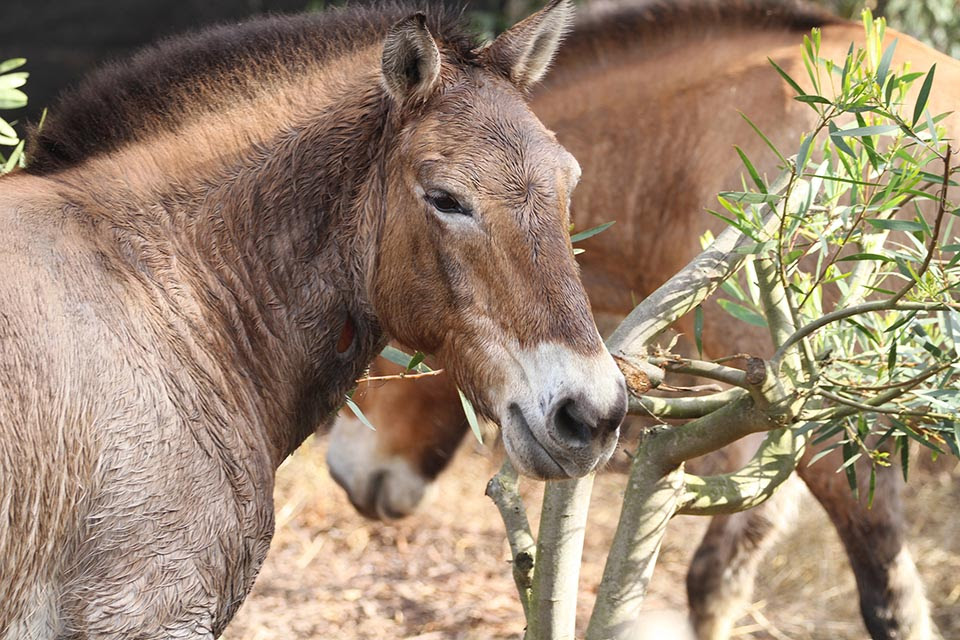
Critically Endangered Asian Horses Have Arrived!
For the first time in its history, San Francisco Zoo & Gardens is home to critically endangered Mongolian or Przewalski’s horses, an Asian species that was listed as “extinct” in the wild. “These critically endangered horses are exciting additions to our Asian conservation programs and reflect zoological collaboration at its best,” said Tanya M. Peterson, CEO and President.
With different DNA than domestic horses, the Mongolian or Przewalski horse, named after a Russian explorer who identified the wild horse subspecies during his exploration of Mongolia in the 19th century, is known as the last truly wild horse, having never been domesticated. Thanks to coordinated breeding programs by zoos and related reintroductions of the species to national parks in Mongolia and China, the population of Przewalski’s horses is now at 2,000!
SF Zoo is now home two females, a 17-year-old and a 22-year-old. You can find them in the Zoo’s “Asian Conservation Zone,” across from the Komodo Dragon habitat.
Links to live footage: CBS5, and their arrival was shared on social media: Twitter/X, Facebook and Instagram.
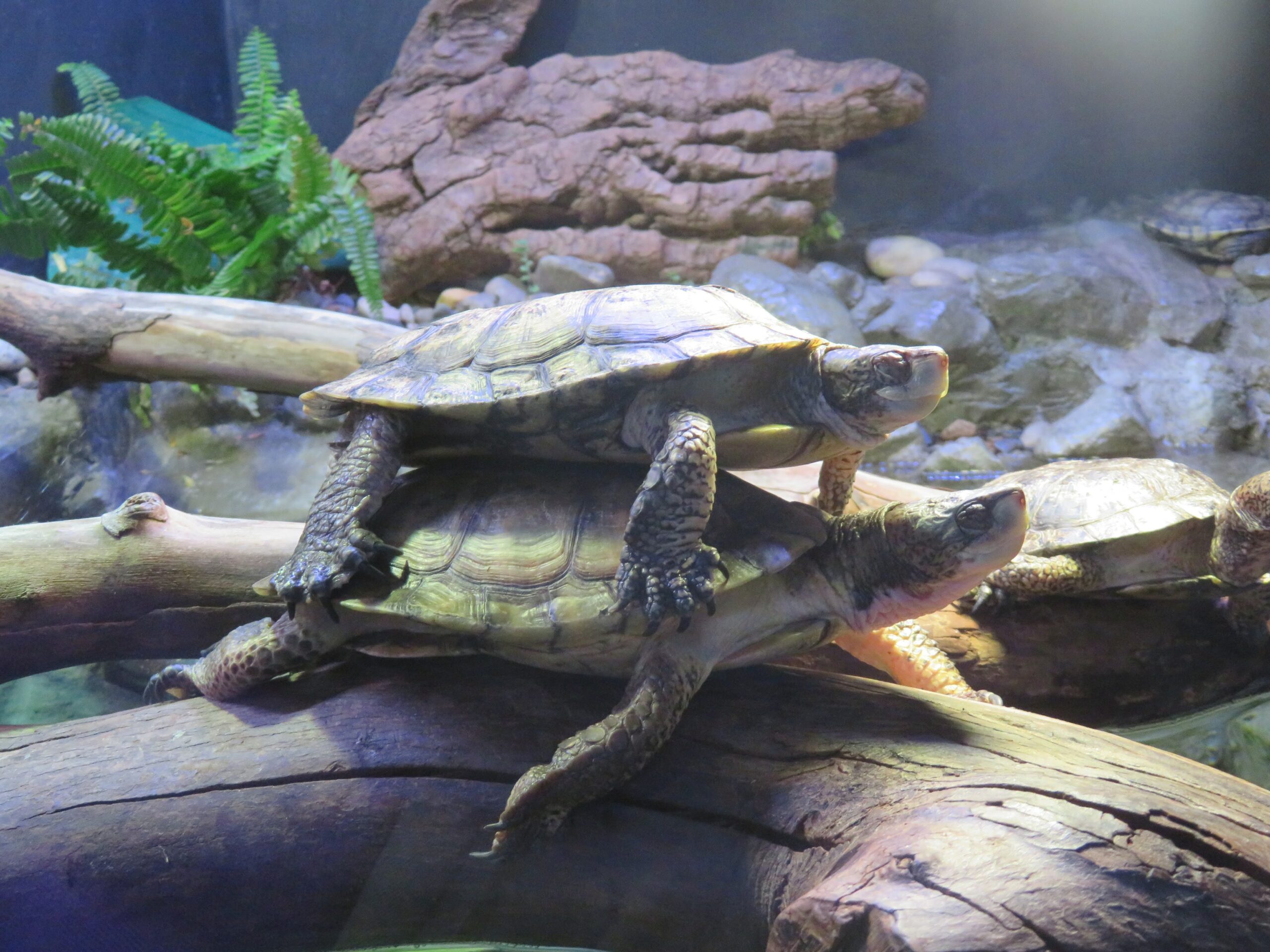
Rare animal spotted in Bay Area national monument for the first time in 30 years
A northwestern pond turtle, Turtle No. 9, was recently spotted in Muir Woods National Monument, marking the first sighting of its kind in 30 years. This rare event highlights the success of ongoing restoration efforts in Redwood Creek, where Turtle No. 9 completed a two-month, five-mile journey upstream. The sighting is a significant milestone in the conservation of one of California’s last native freshwater turtle species.
Turtle No. 9’s journey is the result of collaborative efforts among various organizations, including WildCare and the San Francisco Zoo, which rescued and raised the turtle before its release. Despite challenges like predation and tracking difficulties, these efforts have shown promise in creating a self-sustaining population, with experts continuing to innovate new methods to protect the species.
